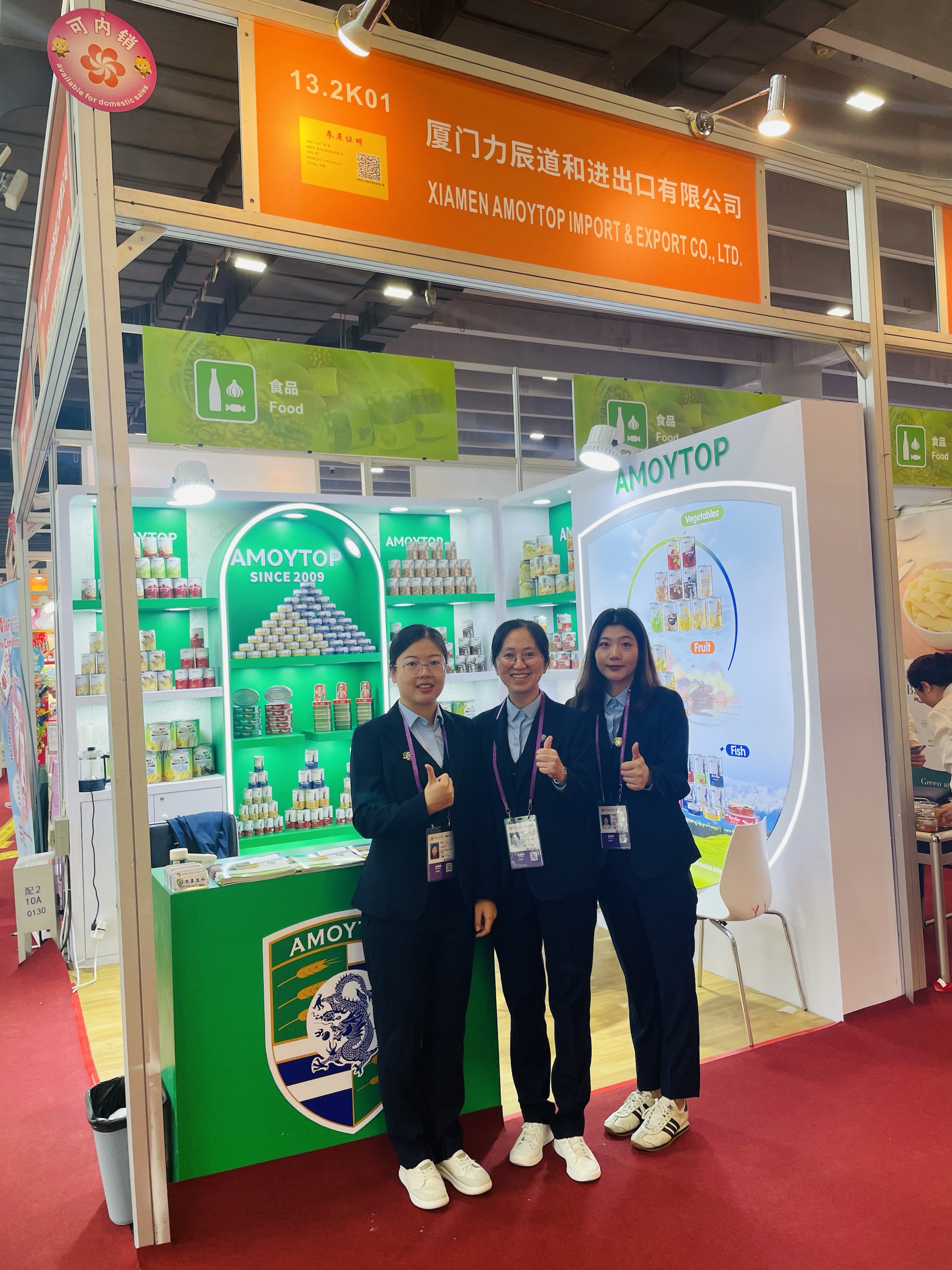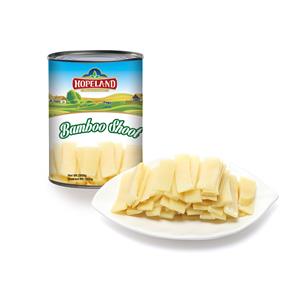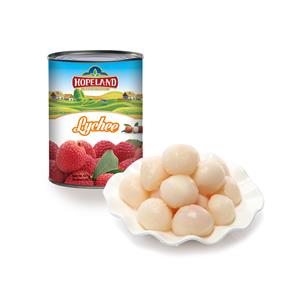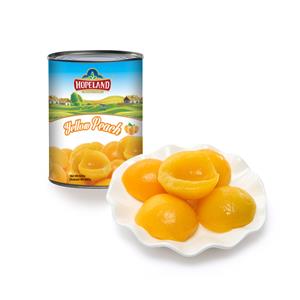Solidifying Leadership in Canned Foods & Pioneering New Frontiers: A Comprehensive Summary of Our 2025 Autumn Canton Fair Performance
1. Executive Summary: Navigating the Global Shift in Canned Foods
The 2025 Autumn Canton Fair unfolded against a backdrop of a rapidly evolving global economic landscape. For the canned food industry, this event was a critical barometer of shifting demand patterns and emerging opportunities. We participated with a sharp focus on our core canned food product lines, showcasing a diverse range from traditional fruit and vegetable cans to innovative seasoned seafood and ready-to-eat meal kits. Our efforts yielded engagements with 71 qualified clients, revealing a client portfolio that is both expanding and strategically pivoting towards high-growth emerging economies. The fact that 70.4% (50) of these contacts were new clients serves as a powerful validation of our global market outreach and the universal appeal of our canned food products. This report provides a detailed analysis of our performance, extracts key strategic insights, and charts a forward-looking roadmap for the continued global expansion of our canned food business.
2. Performance Analysis & Data-Driven Insights (Canned Food Focus)
Overall Client Engagement:
Total Clients: 71
New Clients: 50 (70.4%) – This dominant percentage underscores the successful reach of our canned food products into new markets and signifies robust growth potential.
Existing Clients: 21 (29.6%) – Comprising 8 active customers and 13 long-term prospects from our CRM. Their presence is crucial for maintaining stable business and gathering deep, product-specific feedback on our canned lines.
Geographic Breakdown of New Clients (Total: 50):
The distribution of new clients paints a clear and strategic map of future growth areas for our canned foods:
Asia (25 clients, 50% of new clients): Our established powerhouse region, demonstrating remarkable diversity.
Strategic Insight: Demand across Asia is multifaceted. Inquiries from the Middle East emphasized the need for HALAL-certified canned meat. South and Southeast Asian buyers showed strong interest in affordable canned fish and tropical fruit cans. Clients from CIS nations reaffirmed the steady demand for canned meat and luncheon meat. Notably, our new self-heating meal kits generated significant interest across the region.
Africa (16 clients, 32% of new clients): This fair's standout success story, positioning Africa as the continent of opportunity for canned food.
Strategic Insight: The demand in Africa is driven by fundamental needs for shelf-stable, secure, and convenient food sources. Staples like canned tomatoes, sardines, and beans are the primary drivers. The high concentration of clients from West Africa (e.g., Mali, Nigeria) is a strong market signal, likely linked to urbanization and a growing middle class. Our competitive pricing is a key advantage here.
Latin America (6 clients, 12% of new clients): A strategically important and diversified region.
Strategic Insight: While a major producer of fresh produce, Latin America presents an opportunity for imported canned foods with unique flavors, such as our Chinese-style seasoned meats and luncheon meat. The local Chinese diaspora also provides a stable consumer base for specialized products.
Europe (2 clients, 4% of new clients): Representing the high-value, quality-conscious segment.
Strategic Insight: European buyers, even from non-core EU markets, prioritize quality certifications (BRC, IFS), and sustainable, recyclable packaging. Their inquiries guide our product upgrading efforts towards premiumization.
North America (1 client, 2% of new clients): A high-value strategic beachhead.
Strategic Insight: The single U.S. client is disproportionately valuable. Penetrating this mature market requires products that align with trends like organic, low-sodium, and clean-label canned foods. This client represents a critical test case for our brand's global aspirations.

3. Success Factors & Competitive Edge in Canned Foods
Our success in generating these leads was not accidental but the result of a deliberate strategy:
Precision-Tailored Product Positioning: We meticulously segmented our canned food offerings by target region. We highlighted cost-effective classic products for Africa and parts of Asia, while presenting our certified premium lines and health-conscious innovations to European and American buyers. This "right product, right market" approach ensured relevance and efficiency.
Immersive Product Experience: We moved beyond static displays by establishing a live canned food tasting zone. Allowing clients to taste the quality of our canned fruits, the flavor of our canned meats, and the convenience of our ready-to-eat meals was a decisive factor in converting interest into concrete leads.
Expertise as a Value Proposition: Our sales team positioned themselves as canned food specialists. They confidently discussed our advanced preservation techniques (e.g., pasteurization, flash-steaming), ingredient traceability, and custom packaging options (OEM/ODM), elevating conversations from price to partnership.
Leveraging the "Made in China" Supply Chain Advantage: We effectively communicated the unparalleled strength of China's integrated canned food supply chain—its scale, reliability, and cost-efficiency—which is a compelling argument for high-volume buyers in emerging markets.
4. Market Intelligence & Strategic Implications
Primary Conclusion: Emerging Markets are the New Growth Engine for Canned Foods. The data irrefutably shows that the momentum for global canned food consumption has shifted to Asia, Africa, and Latin America. Our client profile is perfectly aligned with this macro-trend, positioning us at the forefront of this growth wave.
Product Evolution: Health, Convenience, and Flavor Innovation. The global canned food category is evolving. Health attributes (low-sodium, no-preservative-added, organic), enhanced convenience (easy-open ends, self-heating), and diverse ethnic flavors are no longer niche but are becoming mainstream drivers of preference and premiumization.
Shifting Competitive Dynamics: From Price to Value. The Chinese canned food export industry is maturing. The winners will be companies that compete on quality, innovation, and brand strength, rather than on price alone. This fair demonstrated our capacity to make that transition.
5. Challenges & Actionable Recommendations
Challenge: Underdeveloped Loyalty and Depth in Existing Client Relationships. With only 8 of 21 existing clients being active, we must improve our ability to convert prospects and foster repeat business.
Recommendation: Launch a "Key Account Nurture Program," providing dedicated support, exclusive samples of new canned products, and co-marketing initiatives to build strategic partnerships and increase client lifetime value.
Challenge: Inadequate Risk Management for Non-Traditional Markets. Engaging with clients from markets like Mali and Yemen exposes us to higher credit and logistics risks.
Recommendation: Develop an "Emerging Market Toolkit" in partnership with credit insurance agencies (e.g., Sinosure) to standardize client vetting and recommend secure payment terms (e.g., L/C). Simultaneously, pre-quality reliable freight forwarders specializing in these regions.
Challenge: Weak Brand Equity in High-Value Markets. In North America and Europe, our products risk being commoditized, limiting our pricing power and channel access.
Recommendation: Execute a "Three-Phase Brand Internationalization Strategy":
Phase 1: Product & Certification Foundation: Upgrade packaging design and secure crucial international certifications (BRC, FDA, Organic) for 1-2 core canned food lines.
Phase 2: Targeted Market Penetration: Select 1-2 pilot countries (e.g., Australia, then USA) for focused investment in trade shows and building relationships with specialized importers.
Phase 3: Brand Storytelling: Develop digital content to tell our brand story, highlighting our quality standards and innovation, to transition from a supplier to a recognized canned food brand.
6. Forward-Looking Strategic Roadmap
Synthesizing our analysis, the strategic mandate for our canned food business is: "Deepen our roots in Asia & Africa, Secure a foothold in Europe & North America, and Drive leadership through Product Innovation."
Strategic Initiative 1: "Asia/Africa Market Depth Expansion." Shift from broad distribution to deep partnerships. Pursue contracts with major regional retailers and food processors in Asia and Africa for private-label and custom-packaged canned food solutions.
Strategic Initiative 2: "Euro-American Premium Breakthrough." Form a dedicated task force to achieve regulatory compliance, refine our marketing narrative around quality and sustainability, and secure our first flagship distributors in the EU and USA within 18 months.
Strategic Initiative 3: "Next-Generation Canned Product Development." Formalize an R&D pipeline focused on health-forward and convenience-driven canned food products, ensuring we lead rather than follow market trends.
7. Conclusion
The 2025 Autumn Canton Fair was a resounding success for our canned food division, proving our ability to attract a new, global client base. The data we gathered is more than a list of contacts; it is a strategic compass. It confirms that the global demand for canned foods is vibrant and shifting, and we are perfectly positioned to capture it. Let us move forward with confidence, converting these insights into decisive action to build a more diversified, resilient, and profitable global canned food business.




